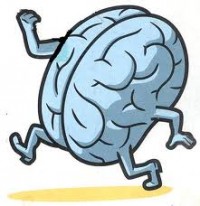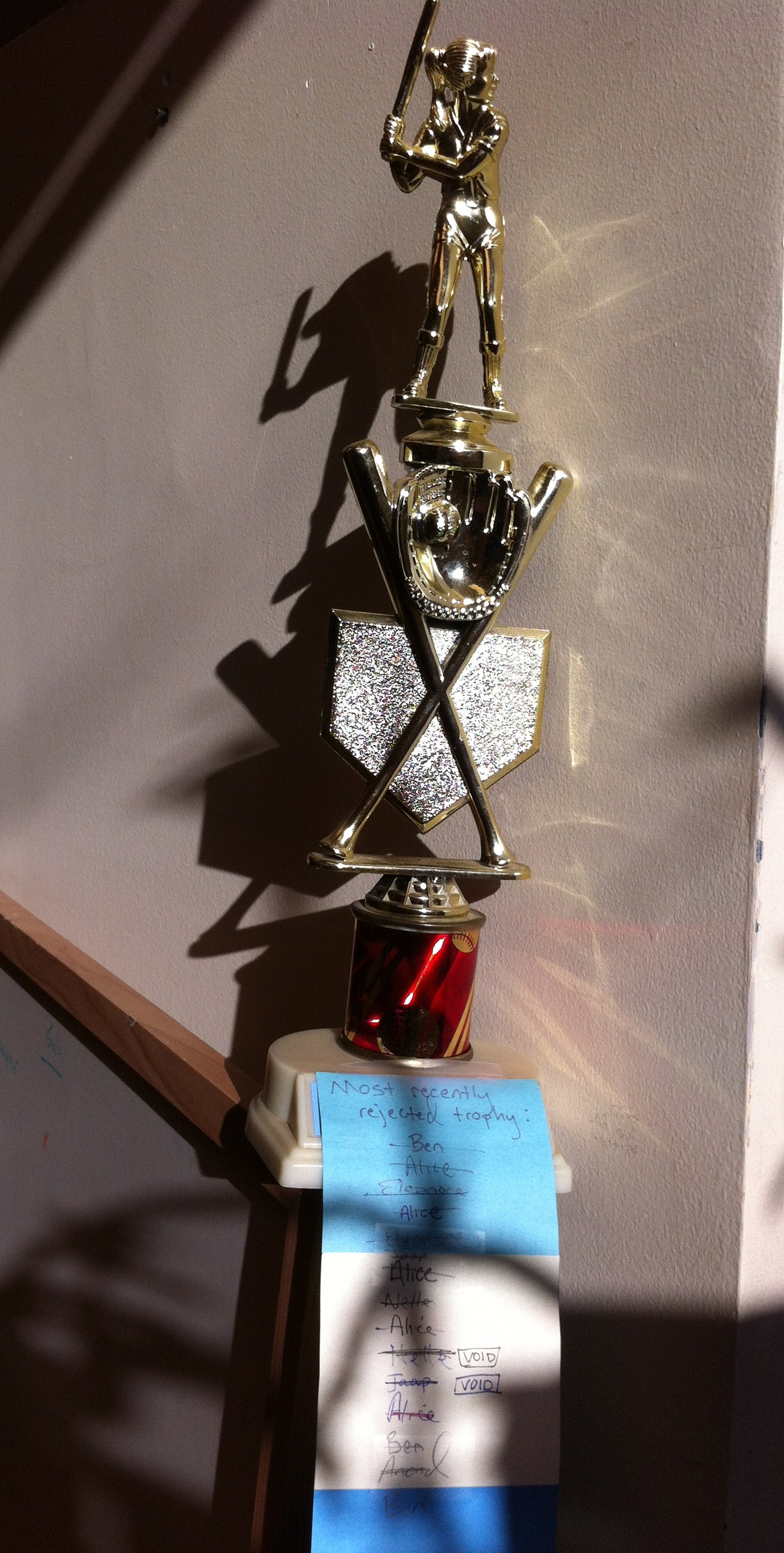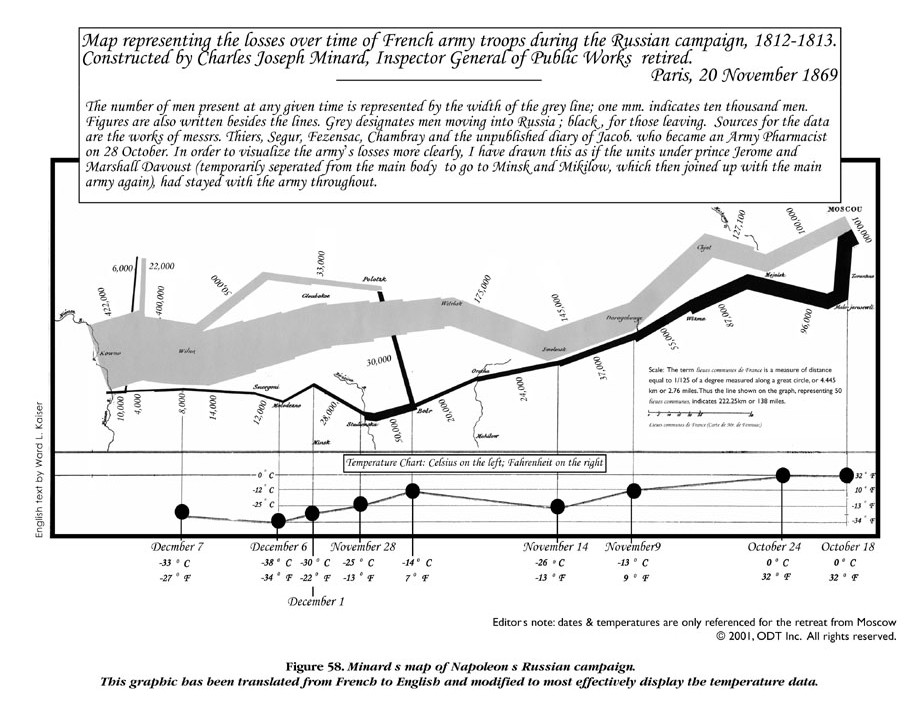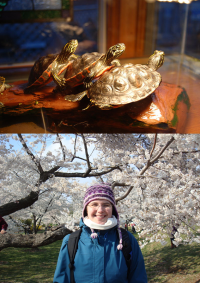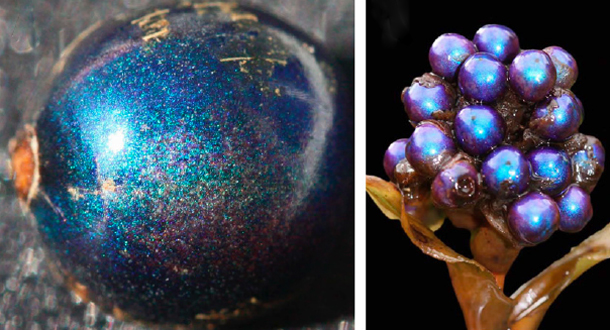I am an “Analytical” on the common “social styles” quadrant used to assess communication styles in the workplace. I doubt this surprises anyone who has spent more than five minutes with me, and my analytic personality even invades my procrastination time. While on reddit the other day (the greatest time sink in the history of the internet), I came across two things:
1. “Happiness in intelligent people is the rarest thing I know.” -Ernest Hemingway
2. This article.
Both of which I mulled over for a while, and then synthesized them.
1. I think Hemingway is brilliant, but he is clearly speaking from a biased stance of self-reflection, and most likely said this while drunk. However, his sentiment stuck in my mind, as I clearly surround myself with highly intelligent, yet [seemingly] happy people on a daily basis. But then I thought about figures I consider to be highly intelligent, mostly of the artistic variety, who are/were also plagued by at least one of the psychiatric symptoms mentioned in (2.) – anxiety, paranoia, obsession and compulsion. What gives; is there a correlation?
2. If you read the actual paper, you’ll see that the entirety of this study is based on the platform of the Evolutionary Threat Assessment System Theory, a portion of neuropsychology that suggests that parts of the brain (basal ganglia, prefrontal cortex and the limbic system, a set of structures responsible for emotion and memory, primarily) have evolved to detect threats, tangible or intangible. Malfunctions or deformities in this anatomy is suggested to contribute to a spectrum of mental illnesses, but I’ll be focusing on anxiety (as overanalysis often leads down this road). But I wasn’t interested in the ETAST in the context of religion and spirituality; I was concerned with it in the context of intelligence (I know this is a subjective term, but bear with me, this isn’t my forte).
Human intelligence and our understanding of our surroundings and the world in which we live is continuing to evolve. We’re slowly moving away from performing rituals to appease an angry deity, but we aren’t seeing a reduction in generalized anxiety disorders (GAD) in adult populations. This, in some percentage of diagnoses, is surely due to overdiagnosis as well as changes in mental health evaluation. However, I posed that along with high intelligence comes a certain degree of perfectionism and dissatisfaction (perceived threats), which, in some cases may lead to anxiety (an evolved defense mechanism), and in diagnosed GAD patients, to a level of chronic anxiety that is surely maladaptive.
I did find some support for my thoughts throughout my hour of searching (and making a facebook plea to my social scientist friends to help me out). A study published last year demonstrates that in patients diagnosed with GAD, scores on the Wechsler scale of intelligence and IQ tests positively correlate with scores of a “Psychosocial Work Environment and Stress Questionnaire”. Now, to me, these data present issues as they are from a small data set (GAD n=26, healthy n=18) and the tests are obviously quite subjective. However, the study cites several findings supporting that choline levels in the brain can be correlated with neuronal processing integrity, which is positively linked to intelligence. Choline metabolite levels (obtained by specific MRI scan sequences) in GAD patients showed the same positive correlation between IQ and “worry score” as noted by the PWSQ.
Although being a chronic worrier doesn’t necessarily mean one cannot be happy, I think that perhaps both Dr. Coplan of the SUNY Medical Center and Mr. Hemingway are on to something. As someone who has a decent level of intelligence, and one who over-analyzes and frets about nearly everything, I can attest that I am one data point that would support the above hypothesis.




